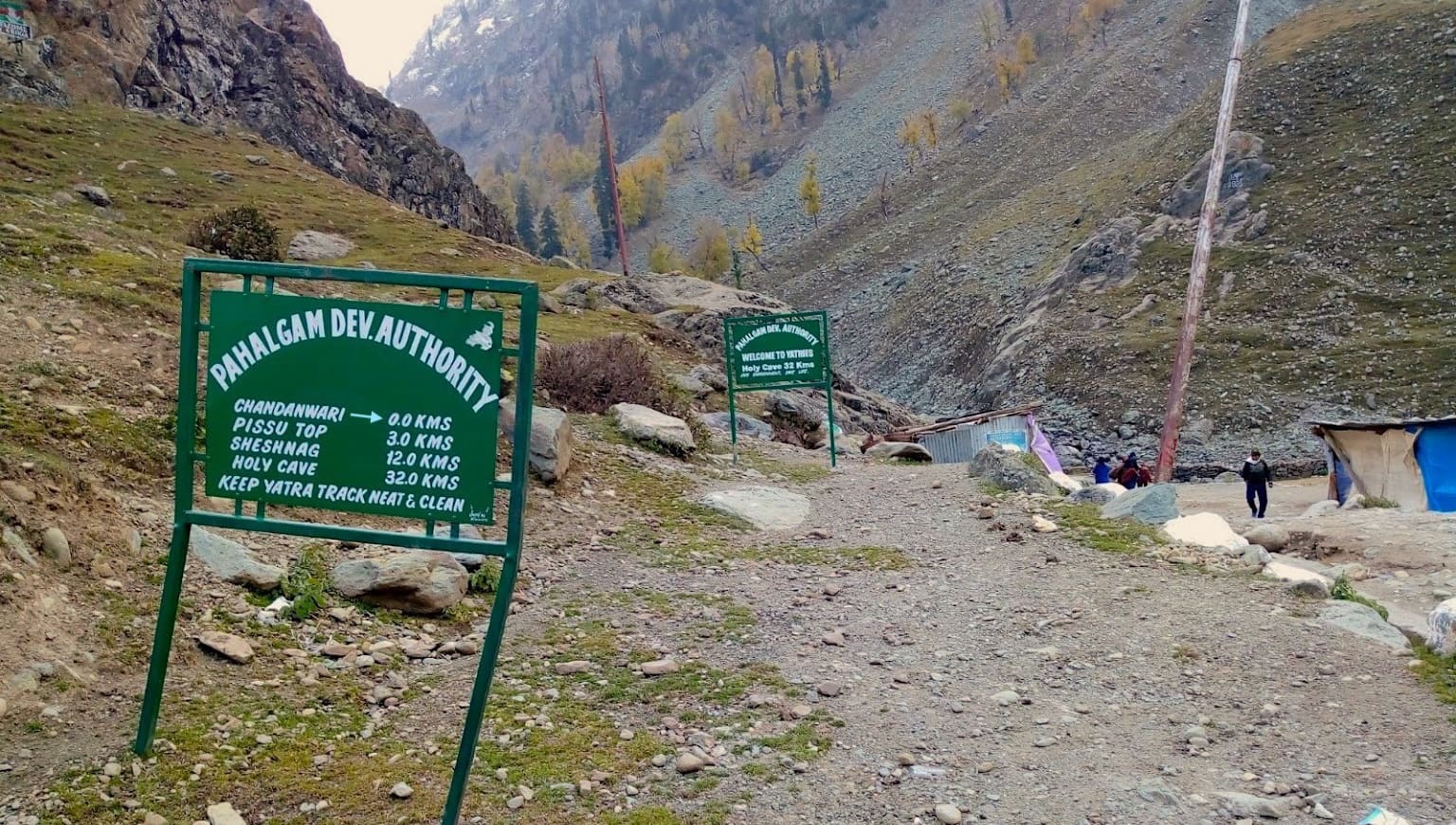

In late April 1991, Shaban Wakil, Editor in Chief of prominent Urdu daily Al-Safa, was brutally gunned downed in his office by Pakistani sponsored terrorists. Shaban Wakil had been critical of the terrorists who had unleashed an atmosphere of fear and terror in Kashmir since the eruption of terrorism in 1989. In following years, many other journalists, intellectuals, teachers, politicians, religious leaders and social workers met the same fate. Pakistan was successful in silencing the saner nationalistic voices within the valley. The intimidation and coercion of Kashmir society in favour of separatism by and large was near complete.
As a result, most of the media houses and their associated journalists became the mouth pieces of Pakistani backed terror organisations. From press notes to hit lists, they would carry all dictates’ of these terror organisations with little to no resistance. It ushered in an era of reporting which would ignore any or all atrocities committed by these terror organisations. The brutal killings, rapes, extortion, kidnappings, disappearances of common people carried out by the terrorists were met with near total silence. In-turn, what it paved way for was the depiction of the state as the only instrument of violence and atrocities. Thus started the inception of single story syndrome wherein any violence and criminal acts committed in the valley were either justified in the name of the state or attributed to it. Many years down the line, this syndrome still plagues the media fraternity in the valley.
The new media houses which emerged during this period quickly adjusted to this operating module. Proximity to separatist organisations became a norm for most of these media men. They would throng the offices of these organisations and take dictates to publish it accordingly. Some entered directly into business partnerships with the separatist leaders while others got paid hefty sums of money to propagate the separatist ideology. Soon a thriving economic model of conflict benefactors from the raging conflict emerged.
With the re-emergence of mainstream politics in the valley these media men who had by then established themselves well within the society donned the role of middlemen between the mainstream and the separatist parties. From negotiating on issues pertaining to security and managing unstable peace, to doling out contracts and securing jobs for the kith and kin of the separatist leaders, as they would frequently hold the state to ransom, these men indulged in every activity which was detrimental to the welfare of the state and society. The nexus between the mainstream and separatist parties to jointly manage their respective spaces gave complete sanctity to the conflict economy.
As the single story of anti-India sentiment became a daily occurrence in media and public discourses, the budding generation of journalists who were overwhelmingly influenced by the separatist narrative carried the mantle of Pakistani propaganda forward. They projected India as the Goliath of all problems and them as David’s tasked with slaying the Goliath. These journalists actually were activists of Pakistani propaganda machinery. As New Delhi scrambled to restore peace and normality in the valley, the policy of accommodating dissenting voices further normalised sedition as a daily discourse. This also provided the successive state governments with an excuse of accommodating the separatist voices within all spheres.
Kashmir witnessed unprecedented corruption during this turmoil from both ends. While a certain section of society wielded unaccounted mass of wealth, the common Kashmiri silently suffered on all ends. From gifting of government jobs to the rise of private contractors, to providing scholarships, the state and non state benefactors ruled roost. The common Kashmiri bee lined behind these conflict entrepreneurs to scavenge some space and a somewhat decent living for himself. This ecosystem became so vicious that it destroyed the basic ethos of the society.
The allegations of rampant corruption among the top echelons of power, favouritism, nepotism, seeking state accountability on good governance, hardly found space in most media publications. When corruption and malpractice cases of large magnitude came to the fore, silent deals were stuck to hush up the stories. Another predominant narrative to hush up the malpractices and corruption among the separatists was also built. Since so called Azadi was the only objective, supposedly for the Pakistani backed separatist leaders, under the garb of this so-called Azadi slogan every wrong doing of theirs was swept under the carpet. The popular narrative for this criminal silence percolated was that it hurts the larger goal of achieving this so called Azadi as it discredits these self styled leaders in the eyes of the public. The exchange of money continued unabatedly.
Thereof, every attempt was made to malign the reputation of those journalists who had the courage to stand up against this thievery. They were labelled as stooges and collaborators of the Indian system and its agencies. Same was the case for Jammu and Kashmir police. Any officer who would stand against this ecosystem was either transferred to a less significant posting or maligned by the labelling narrative. All this was managed behind the scenes by the same conflict entrepreneurs who were the supposed ball joints of mainstream-separatist ecosystem.
Finally, New Delhi realised the failure of its previous policy and immediately started rectifying it. After the abrogation of article 370, crackdown on conflict entrepreneurs to break the back of conflict economy which fuels the deadly cycle of terrorism was initiated. The separatists who were propagators of seditious narratives were rightly jailed as per law. The Pakistani agenda of spreading disinformation and misinformation through its mouth pieces in the valley were stopped. Many Pakistani propaganda activists masquerading as journalists were arrested. The course correction to set up the ground for ushering stable peace in Jammu and Kashmir has begun but the remaining ecosystem of conflict entrepreneurs is still working to disrupt the peace. Complete dismantling of this ecosystem is imperative to sow seeds for lasting peace and prosperity in Jammu and Kashmir and is the need of the hour.
(Raja Muneeb is a freelance columnist and political analyst)